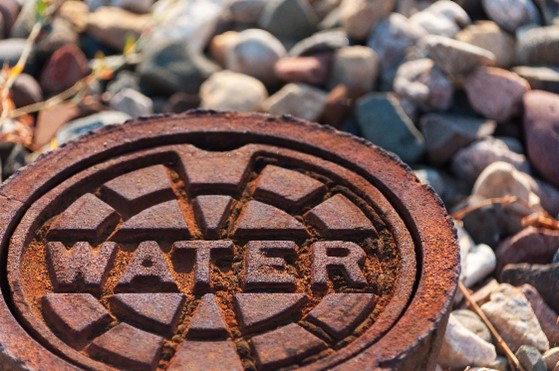In order to optimize efficiency and safety in production processes, many industries rely on shell and tube heat exchangers to transfer heat from one place to another. As you review your process requirements, a water source is often a top consideration and factor based on the product running through the shell and tube heat exchanger.
It’s important to understand the differences between steam sources, including plant, culinary and pure.
The primary difference is the quality of the feed water, and the product contact surfaces required for each type of steam being produced. Keep reading to learn more.
Plant Steam
Plant steam is generally chemically treated groundwater or city water, heated to create utility steam for heating equipment and driving turbines, but not to be used in food products. Plant steam is normally created in carbon steel vessels and piping. This plant steam can be used on the utility side of a steam generator to create culinary or hygienic steam on the clean side.
It is not pure enough for direct contact with food products or surfaces that will come into contact with food products.
Culinary Steam
Culinary steam is created using clean water, such as deionized water. It is used in food processing and contains fewer impurities than plant steam making it suitable for direct contact with food products or surfaces that will come into contact with food products.
Product surfaces typically need to be stainless steel, polished to a max of 32Ra, and have no cracks or crevices where contaminants can build up.
Pure Steam
The most sanitary form of steam available is hygienic or pure steam which is made using WFI (water for injection). It does not contain any impurities and can be used to sterilize pharma equipment or directly heat product without risk of contamination. It meets USP requirements and can be injected right into the bloodstream if required.
Product contact surfaces must be 20Ra max stainless steel, with no cracks or crevices where contaminants can build up.
Steam Shell and Tube Heat Exchangers
Heat exchangers are an essential part of many industries’ production processes; however, understanding the differences between plant steam, culinary steam, and pure steam will help you determine which type of heat exchanger best suits your needs.
At Enerquip, we design and build for all these steam applications. From industrial kettle style steam generator units that create steam in the shell for the refining industry, to high-purity straight tube steam generators that create pure steam in the sanitary tubes for industries like pharmaceuticals, we understand the standards that apply and create a custom solution for your specific steam needs.
We invite you to contact us or request a quote to get started.
More from the Enerquip Blog
- How Do Water Heat Exchangers Work?
- How Annular Distributors Improve Efficiency in Shell and Tube Heat Exchangers
- Understanding Finish Requirements for Shell and Tube Heat Exchangers
- Heat Exchanger Material Selection based on Common Criteria
- Standards for Sanitary & High-Purity Processing Equipment
- What’s the difference between parallel flow, counter flow and crossflow heat exchangers?

